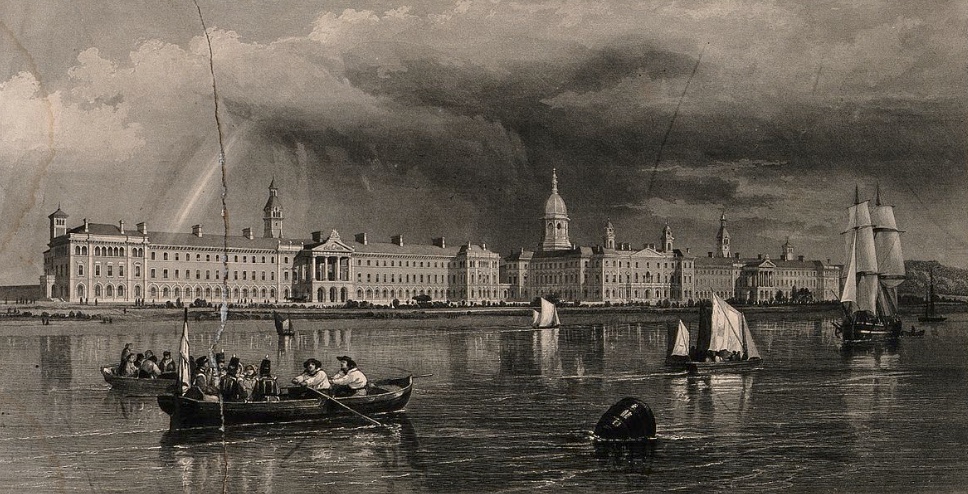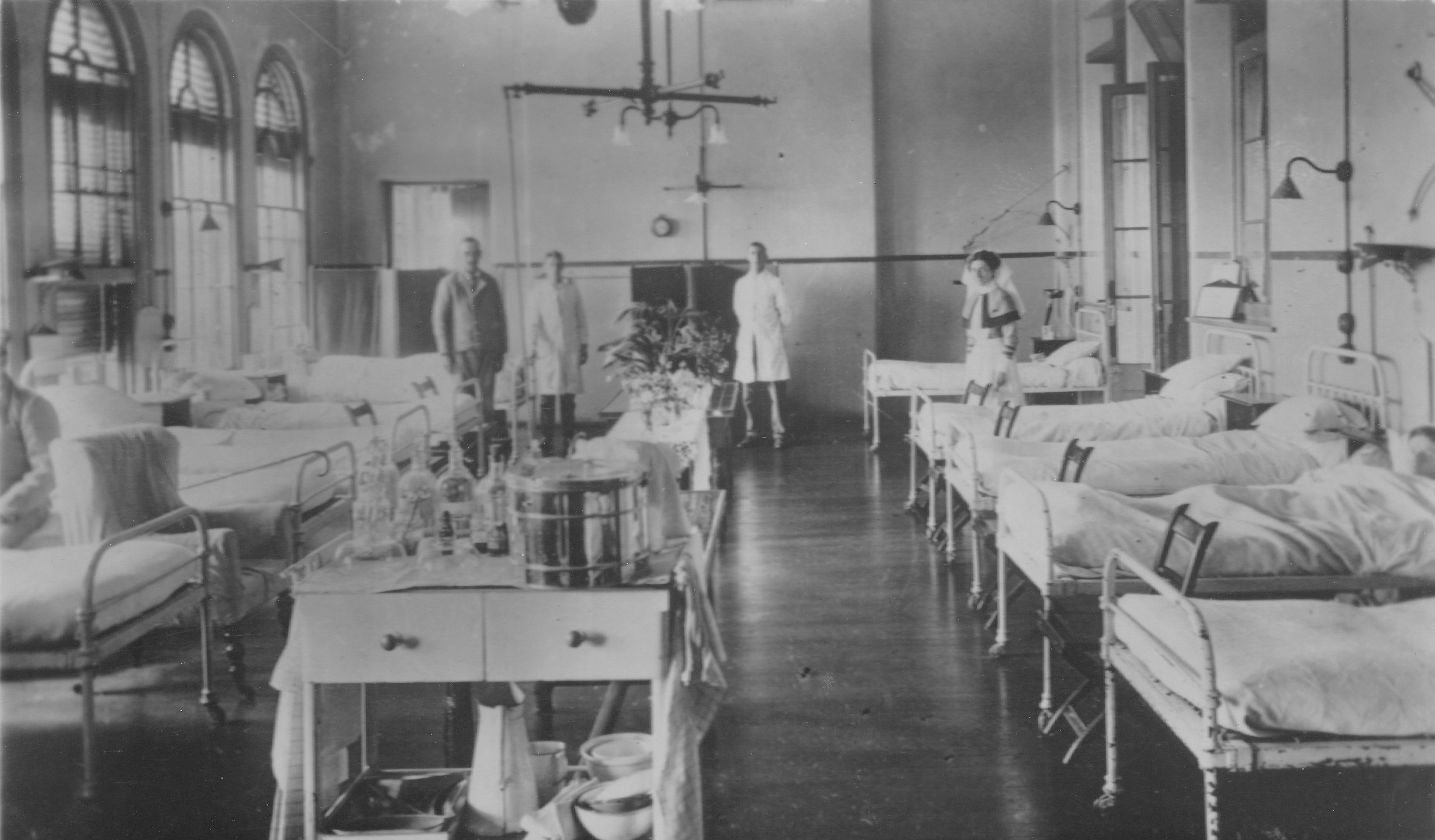

Albert Ivor Morrison served in the RAMC from 1943 to 1946. Still more advances were made during the Second World War and the RAMC continues to be the largest corps in the Army Medical Services.ĭr. Around 770 medical units of all types were mobilised in the UK and sent overseas in support of military campaigns. A total maximum of 637,746 hospital beds were equipped and maintained in the UK and in theatres of war around the world. Courses of instruction were organised for RAMC officers and their senior course (for captains prior to promotion to the rank of major) was one of the most thorough post-graduate medical courses in the UK.īy the outbreak of war in 1915 the RAMC and other military medical services were better prepared than they had ever been and RAMC summary statistics demonstrate the great challenges and accomplishments made during the First World War.

The Army Medical School was moved from Netley, Hampshire to a new Medical Staff College in London and by 1907 Queen Alexandra’s Military Hospital at Millbank and the Royal Army Medical College were united under the administrative control of the college. The expansion of temporary hospital provision in time of war.Īdvances were also made in the training of officers and men of the RAMC in their administrative and military responsibilities in the field. The organisation of hospital accommodation for convalescents and Recognition of the role of specialist RAMC sanitary units The organisation of zones of work including casualty clearing hospitals Ĭonsideration of transportation systems including motor ambulances The creation of field ambulance medical units In the period between the South African War and the outbreak of war in 1914, many other changes to the administration of the medical services took place which included: The Russo-Japanese War of 1904-05 also provided important areas of learning and the 1906 Geneva Convention provided a basis for the development of further voluntary aid. This testing experience made it necessary for Royal Commissions and War Office Committees to review preparations for the treatment of large numbers of battle casualties and the importance of preventing diseases like enteric fever (including typhoid). The South African War of 1899-1902 would prove challenging around 500,000 British troops were involved in the conflict, with approximately 6000 killed in combat, 21,000 wounded and 16,000 dying of disease. Until October 1899, the RAMC had provided support to the army around the globe in conflicts of a relatively small scale.

On 23 June 1898, British Army Medical Staff merged with the Medical Staff Corps, uniting senior officers with lower ranks to form the Royal Army Medical Corps (RAMC).


 0 kommentar(er)
0 kommentar(er)
